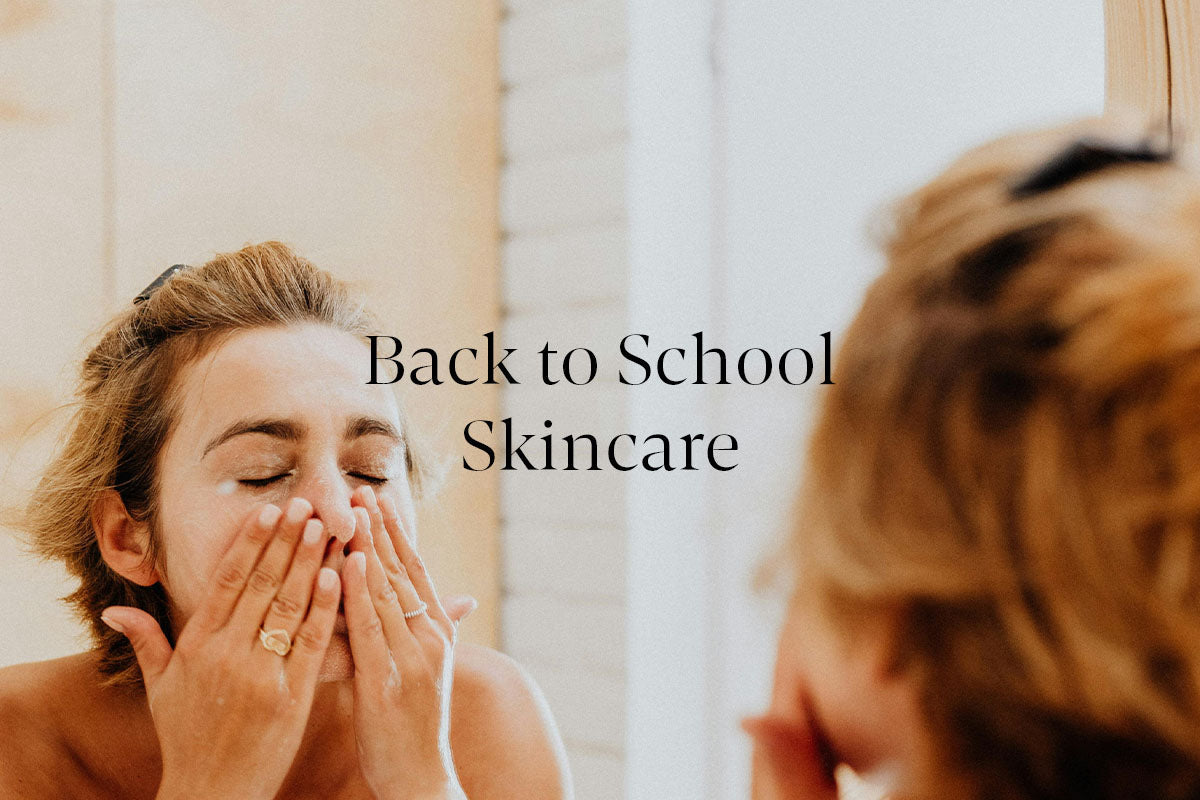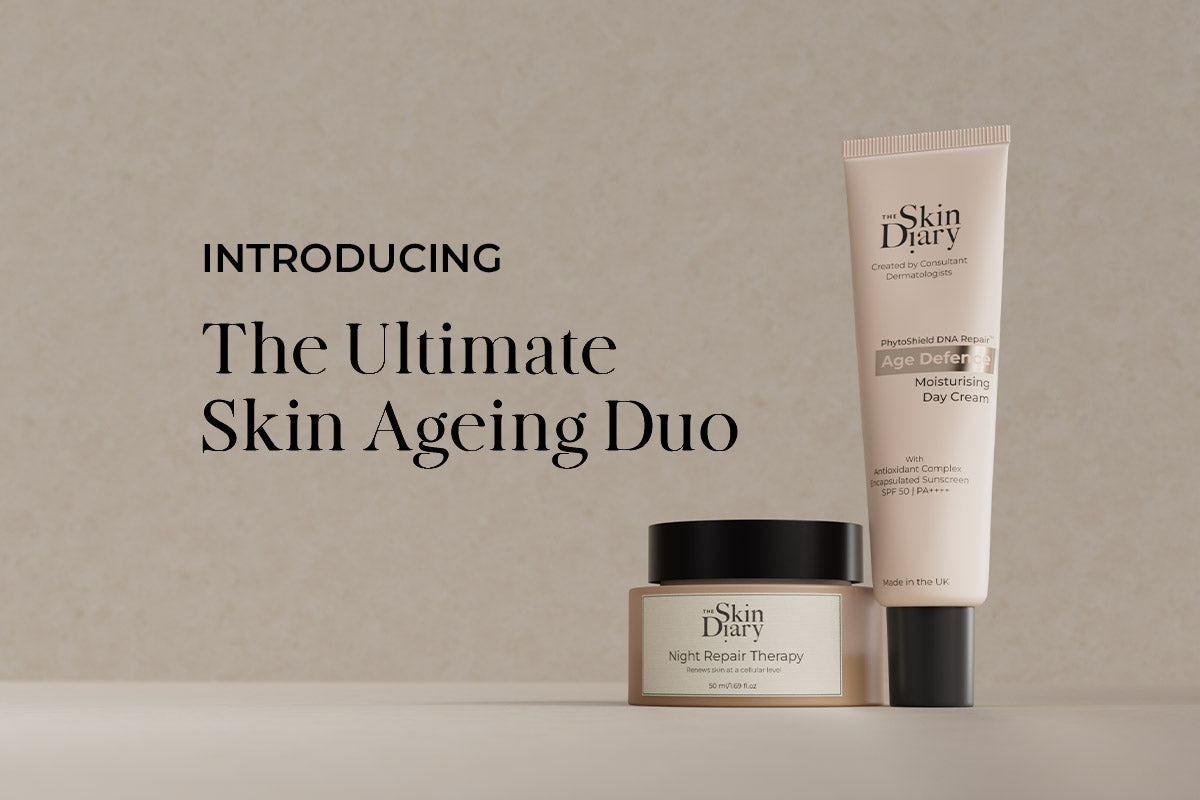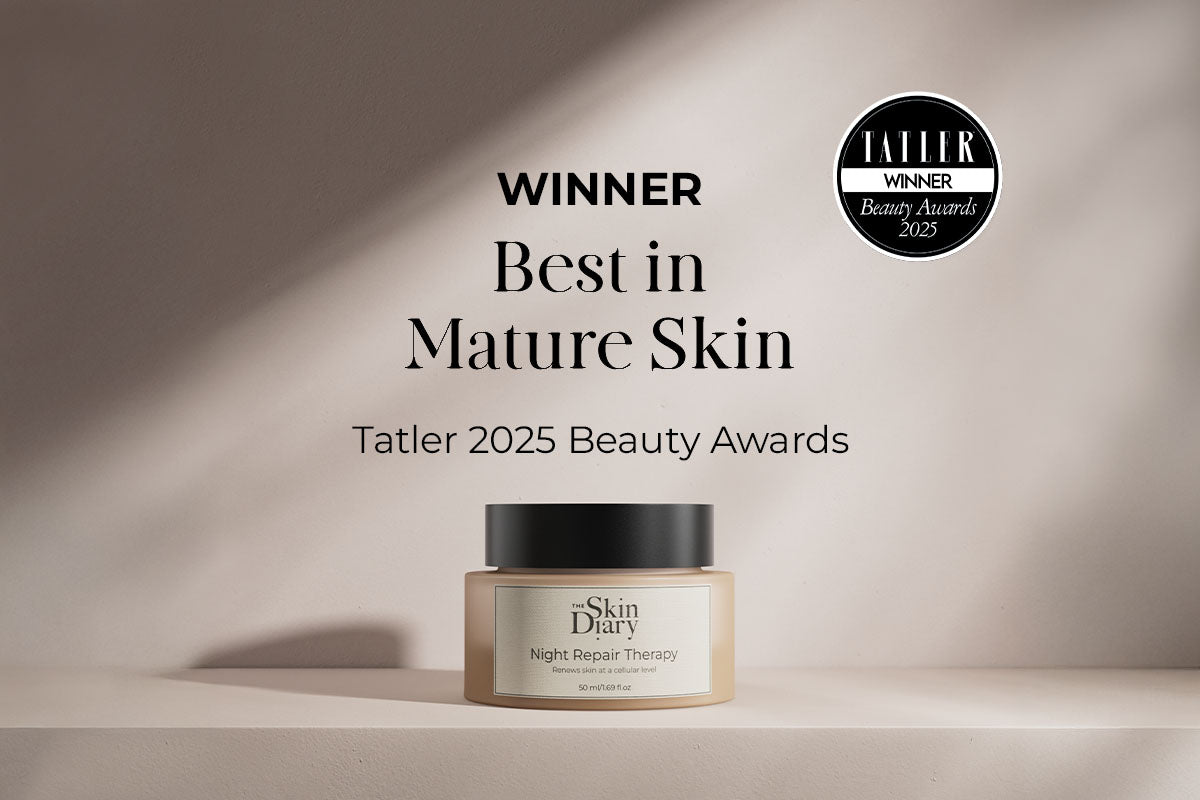Retinoids can be a confusing topic. What are they? What do they do? Which one should I use? These are likely all thoughts you’ve had before considering whether to introduce the ingredient into your skincare routine. The main reason people find it complicated is down to the various types and names of retinoids (it’s a growing family) and the conversion steps each has to go through. We’re going to break down the retinol pyramid explained and how you can use this knowledge to benefit your routine.
What is a retinoid?
Retinoids are a form of vitamin A widely used in dermatology for a number of conditions and concerns. Retinoids work by increasing your skin cell turnover, increasing collagen and elastin production, and all of which helps reduce fine lines and wrinkles, minimise hyperpigmentation and improve skin texture.
What is retinoid conversion?
Retinoid conversion refers to how easily a form of vitamin A converts to its active form of retinoic acid. Every time there’s a conversion step from application to retinoic acid, you lose some of the potency of the retinoid. In essence, the closer your retinoid is to retinoic acid, the more powerful it’ll be.
Let’s start at the top of the pyramid at the active, most potent form and decrease from there.
1. Tretinoin (all-trans retinoic acid or ATRA)

Conversion step: 0 - no conversion is needed as it’s in its active form
Tretinoin is the most bioactive form of retinoic acid, it’s the queen of the retinoids for potency and effectiveness. Because of this, it has a higher potential to cause irritation, which is why it’s a prescription-only ingredient that requires dermatologist supervision. The results are highly impressive. Our Chapters routines utilises the impressive benefits of Tretinoin.
2. Retinal (retinaldahyde)
Conversion step: 1 - A single conversion step required
Retinal is the most effective retinoid that doesn’t require a prescription. It needs only a single conversion step to retinoic acid meaning it’s highly effective but does require careful use as it has the potential to cause irritation. It’s reserved for more advanced retinoid users or those who are sensible with increasing tolerance with low and slow use.
3. Retinol
Conversion step: 2 - Converts to retinal and then to retinoic acid
No doubt this is the main retinoid you’ll have heard of. Often all retinoids are incorrectly referred to as ‘retinol’. This is a good option if you’re a step-up from retinol esters or don’t have sensitive skin but need to build up a tolerance before moving up to retinal. Retinol has shown small improvement in addressing photoageing but more studies are required for robust conclusions.
4. Retinol esters (retinyl-acetate, retinyl-palmitate, retinyl-propionate, retinyl-linoleate)
Conversion step: 3 - converts to retinol to retinol and finally to retinoic acid
Retinol esters can be used as a beginner retinoid product as you won’t find irritation occurs as much, but if you’re wanting to address signs of ageing, you’re best to go a step up.
Still a little confused? Honestly, you’re not alone and we’ve got great news. If you join Chapters, you don’t need to know anything about retinoids because we do all the hard work for you. We’re here to provide the information so that you’re well informed but if you want to hand over all the reins to us, we’re here for that too.





